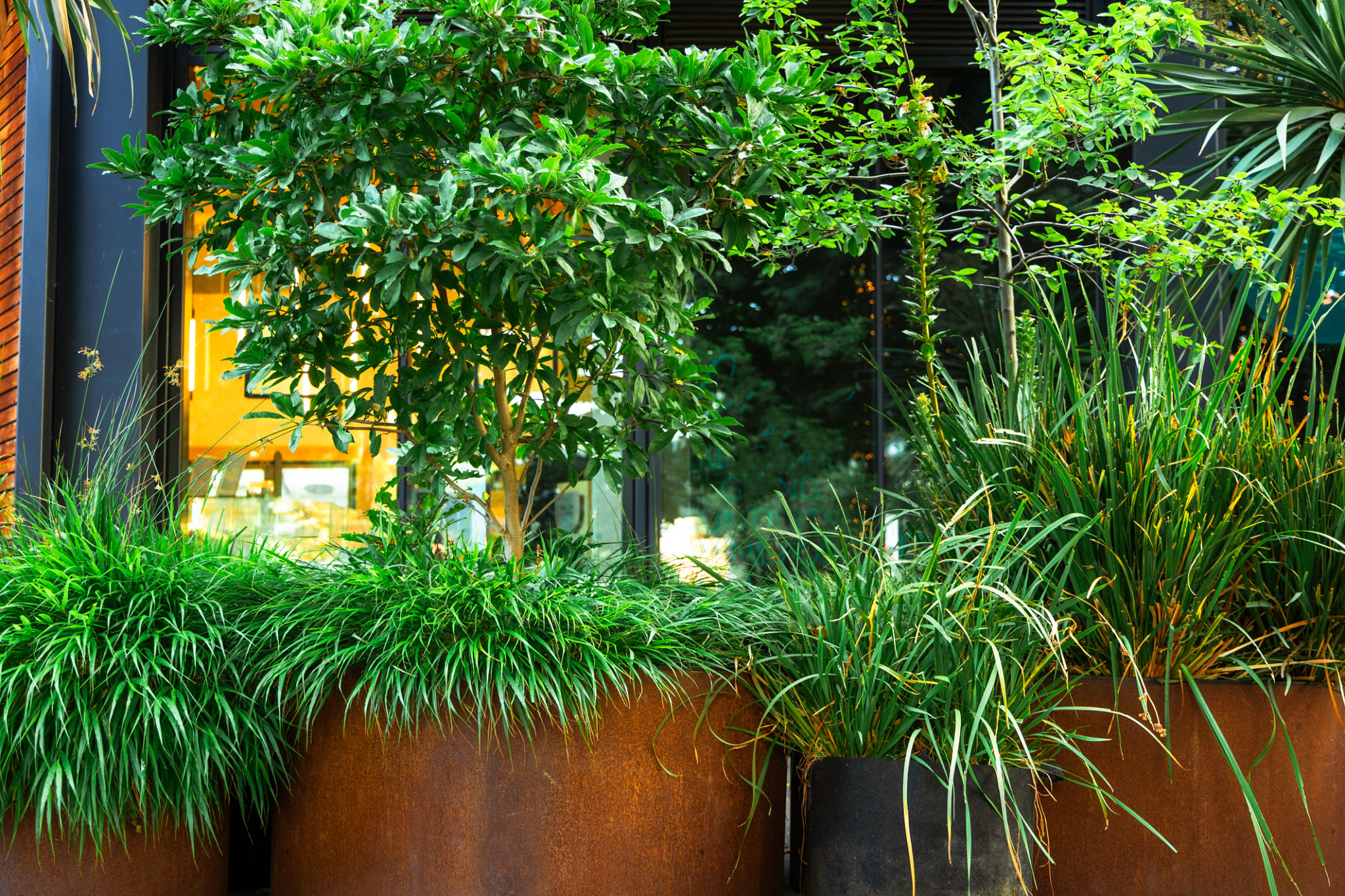Common Misconceptions About Urban Gardening: Debunking Myths for City Growers
Introduction to Urban Gardening
Urban gardening has gained significant popularity as more city dwellers seek to embrace the green lifestyle. Despite its growth, several misconceptions still exist, often deterring potential gardeners from taking the plunge. In this post, we'll debunk some common myths about urban gardening to help you cultivate your city oasis with confidence.

Myth 1: Urban Gardening Requires a Lot of Space
One of the most pervasive myths is that you need a large backyard to start a garden. In reality, urban gardening can thrive in small spaces. Whether it's a balcony, windowsill, or rooftop, innovative solutions like vertical gardens and container gardening allow you to maximize limited space efficiently.
Vertical and Container Gardening
Vertical gardens use structures like trellises to grow plants upwards, making them ideal for tight spaces. Container gardening involves growing plants in pots or containers, allowing flexibility in placement and easy mobility. These methods make urban gardening accessible to anyone with a small area.

Myth 2: Urban Gardens Can't Grow Many Types of Plants
Some believe that urban gardens are restricted to a limited variety of plants. However, a wide range of fruits, vegetables, and herbs can flourish in urban settings. The key is selecting plants suited to the local climate and the specific conditions of your growing space.
Choosing the Right Plants
Consider factors such as sunlight exposure, temperature, and available space when selecting plants. Options like tomatoes, peppers, lettuce, and herbs such as basil and mint are excellent choices for beginners due to their adaptability and ease of growth.

Myth 3: Urban Gardening is Expensive
Another misconception is that starting an urban garden requires a significant financial investment. While some initial costs exist, urban gardening can be quite affordable with thoughtful planning and resourcefulness.
Cost-Effective Gardening Tips
To minimize expenses, consider using recycled materials for containers and creating your own compost with kitchen scraps. Additionally, growing plants from seeds instead of buying seedlings can reduce costs significantly. Utilizing community resources like seed swaps or garden cooperatives can also be beneficial.

Myth 4: Urban Gardens Have High Maintenance Needs
A common concern is that urban gardens demand too much time and effort. While gardening does require some attention, it doesn't have to be overwhelming. By implementing efficient practices, you can maintain a healthy garden without sacrificing your busy schedule.
Efficient Gardening Practices
Automating watering systems or using self-watering planters can save time. Additionally, selecting low-maintenance plants and scheduling regular but short gardening sessions can help you manage your garden effectively without feeling overburdened.
Conclusion
Urban gardening is not only possible but also rewarding for city dwellers looking to reconnect with nature. By dispelling these misconceptions and adopting creative strategies, you can create a vibrant green space that thrives amidst the urban landscape. Embrace the challenge and enjoy the countless benefits of urban gardening!
